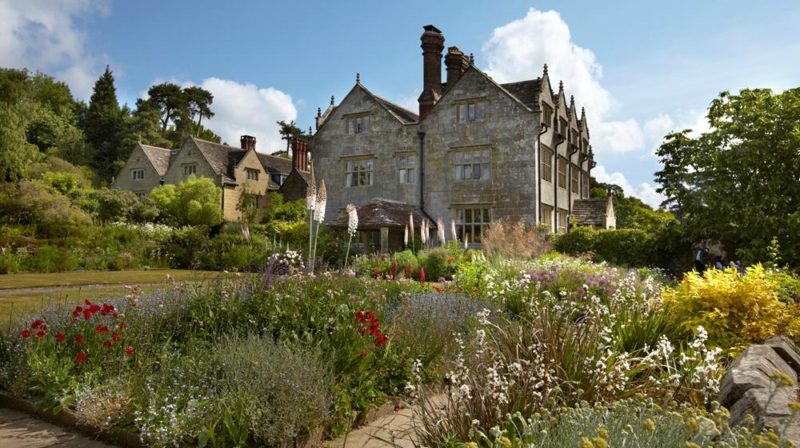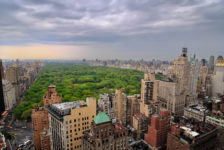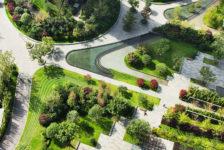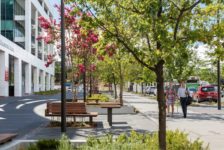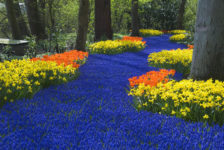We explore the key differences between a garden designer and a landscape architect. When is a garden designer a landscape architect/designer? Are they rivals or are they on par? This article is mainly inspired by conversations I have had with those outside the profession, unfamiliar with the scope of work of a landscape architect. Landscape architects/designers often get confused with garden designers, however the questions that are being asked above are not the right ones. This is not a written piece on comparison of skill or qualifications, but meant to address the right questions and consider the importance of answering them. Behold, the following paragraphs will resolve this identity crisis by revisiting the root definitions and exploring the fundamental aspects, context, and history in how this confusion started.
What Defines a Garden?
One way of seeking definitions is by examining what makes up a “garden” and a “landscape”— what are the fundamental prerequisites and what does it mean to work within these contexts? How would you define a garden? Here are a couple of definitions from the web:
- An enclosed piece of ground devoted to the cultivation of flowers, fruit or vegetables (Oxford Dictionary)
- A piece of ground adjoining a house, used for growing flowers, fruit, or vegetables (Collins English Dictionary)
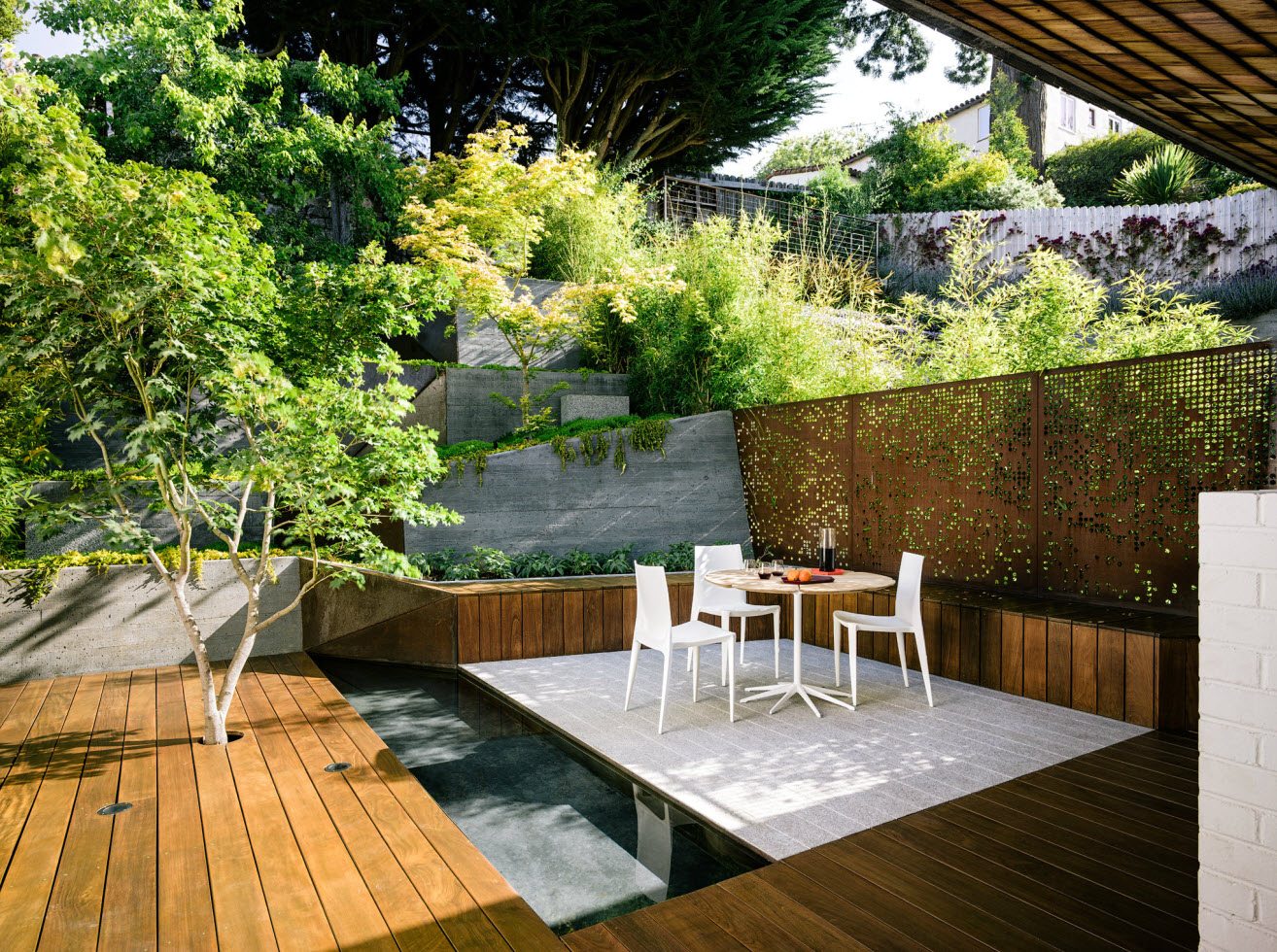
Hilgard Garden in Berkeley, California. Credit: Mary Barensfeld Architecture
The common elements that frame both definitions are: a garden has boundaries and that involves the act of cultivation. “An enclosed piece of ground” suggests that a garden has distinct limits to space. The intervention is very apparent and without human intervention, gardens would ultimately revert back to landscape.
In a poetic way, for something to be considered a garden, there has to be a gardener and there is often the creation of an idealized other space, separated by its boundaries from the existing (or wider) landscape. Designing a garden can, most positively, often get away with this.
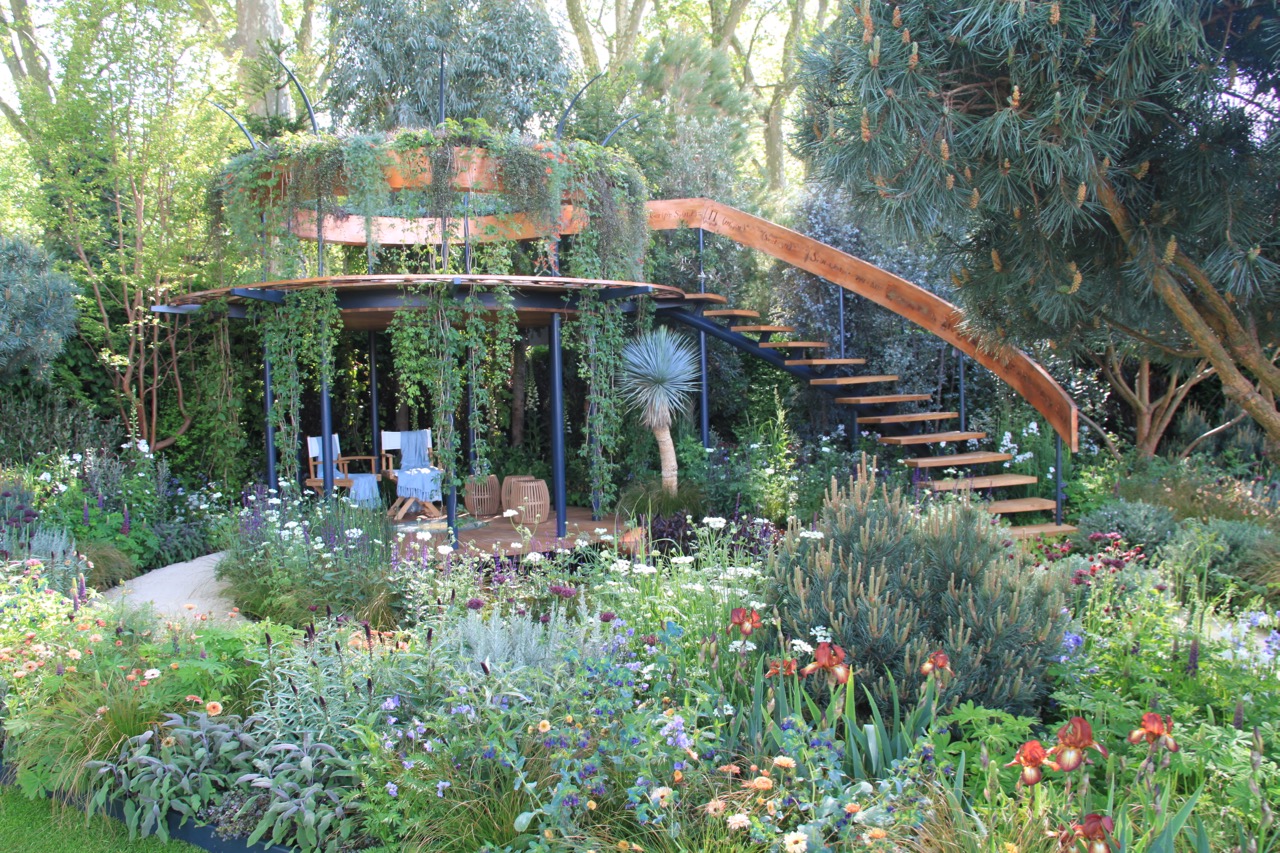
The Winton Beauty of Mathematics Garden in Chelsea, London. Credit: Nick Bailey
What Defines a Landscape?
Landscape has looser limits where boundaries are concerned and often there are no distinct limits at all. A landscape is essentially already there. Landscape design is clearly the design of the landscape, right?
In essence, landscape design involves the act of intervening (be it subtle or radical) and the qualities of the existing landscape are always the starting point of design.
There is one very simple definition of landscape, which I resort to use every single time:
“anything that is not in a building.”
By this definition, a garden can be defined as a smaller proportion of the bigger landscape. However, garden design, in its own right, is not a branch of landscape design or vice versa. With this view, landscape design can be considered as an umbrella profession with coverage to a range of areas of expertise. Like in medicine or law, landscape architecture covers landscape planning, environmental impact assessment, landscape character analysis, strategic master planning, etc.
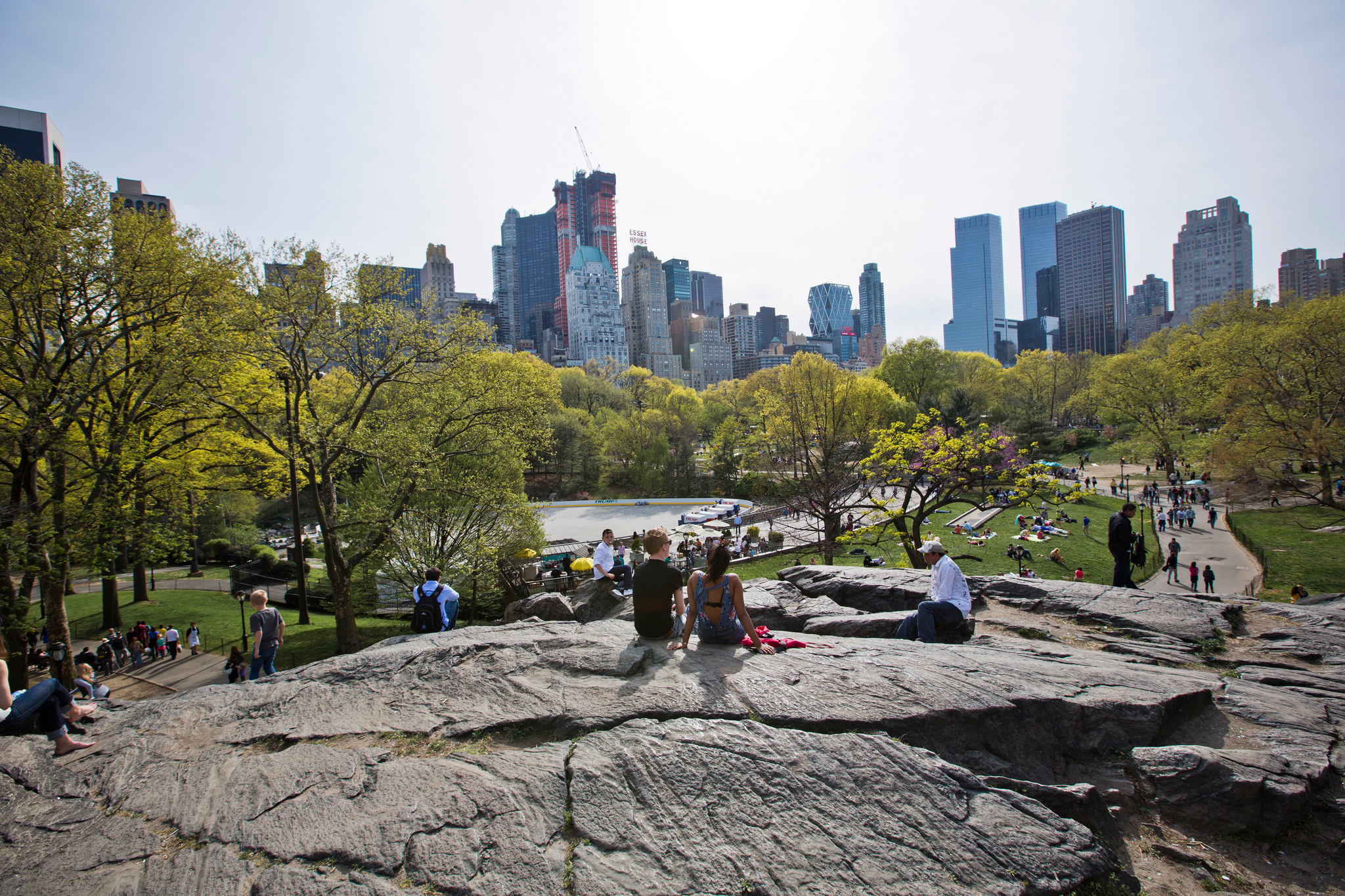
Central Park is the most visited park in the United States. Credit: Rob Boudon via CC BY NC-SA 2.0
Consider the following points of how landscape design can vary from garden design.
- Scale: Landscape design covers projects that are generally of a larger size
- Context: Gardens are normally associated with a building but landscapes do not need to be
- Boundaries: the boundaries of a landscape are often blurred in comparison to a garden with defined boundaries
- Activity: There is an element of tending to gardens, which can apply to landscape in terms of management and maintenance, but is often a less important element.
- Audience: Due to landscape design projects varying in scale and context, a designed landscape must accommodate a larger and varied mass of people. For example, projects range from parks, campuses, cemeteries, commercial centers, resorts, transportation facilities, waterfront developments, plazas, and other projects that help define a community.
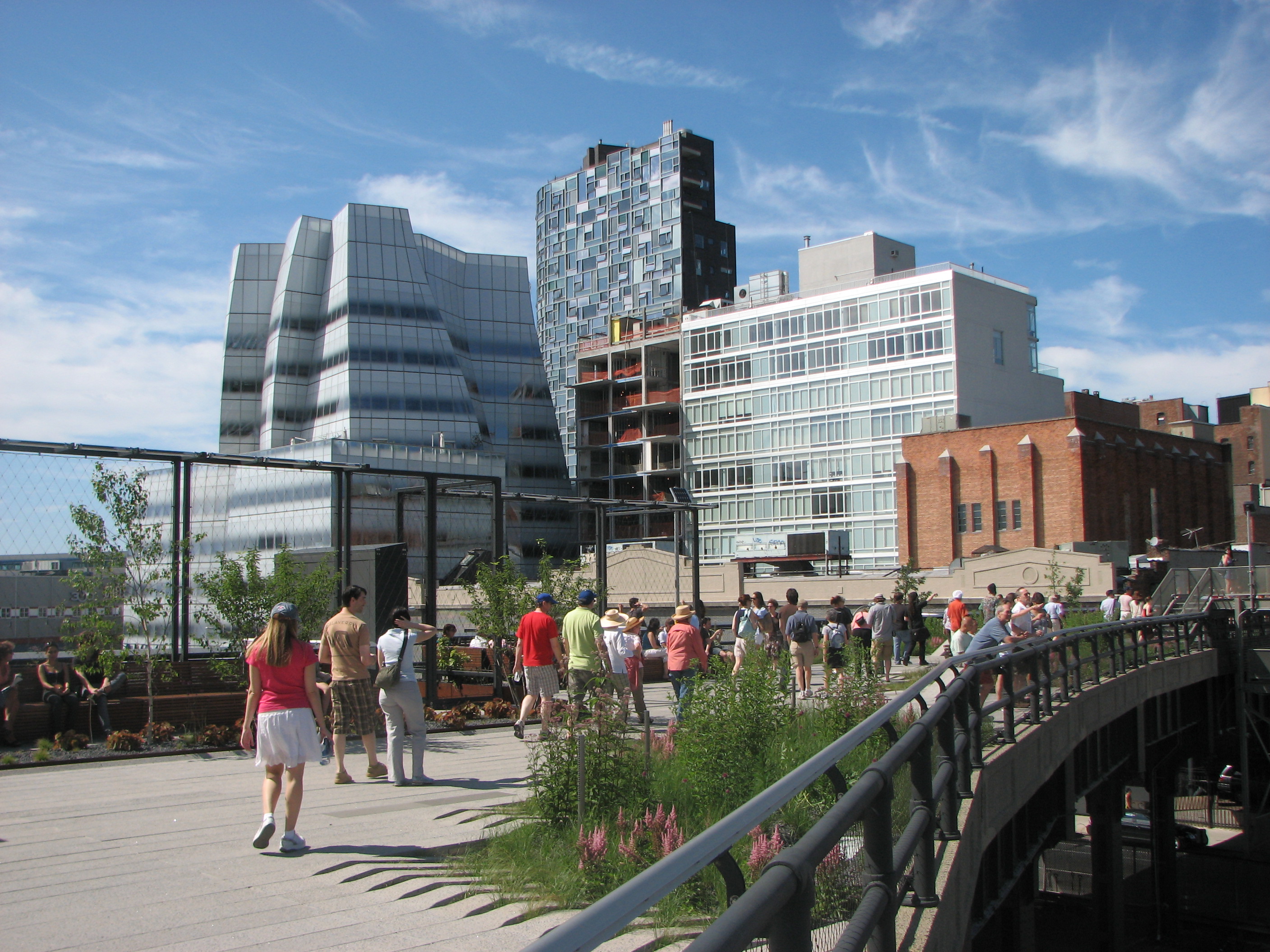
The High Line is among the most Instagrammed places in the world. Credit: David Berkowitz via CC BY 2.0
The History of Gardening
Forest gardening is the oldest form of gardening from prehistoric times, which began as a method of securing food in tropical areas where useful edible plants were identified and grown in successive layers to create a woodland habitat over time. Then, enclosure of outdoor space began around 10,000 BC, mainly perhaps to keep the animals away.
Within established civilizations, wealthy people began creating aesthetic gardens. Egyptian tomb paintings suggest that they had lotus ponds and symmetrical arrangements of acacias and palms; Persia was also said to have paradise gardens. The wealthiest Romans also built extensive villa gardens and water features. Meanwhile, the 4th century AD saw the rise of Asian garden traditions such as Zen gardens. In Europe, the successive years gave rise to changes from Italian Renaissance gardens in the 16th century to romantic cottage-inspired to wild gardening in the 19th century and modernism in the 20th century.
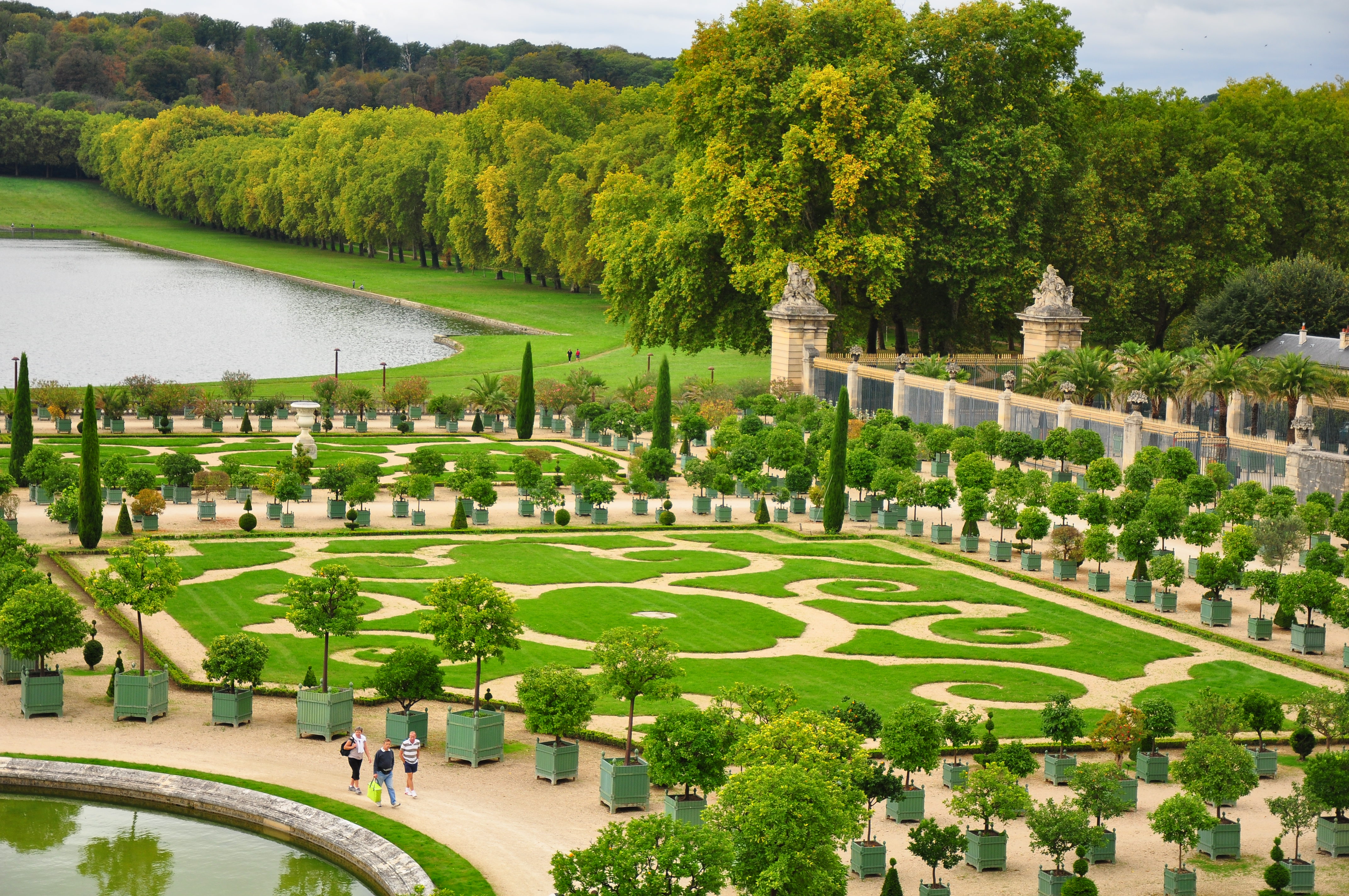
Gardens of Versailles by André Le Nôtre exemplifying the French formal garden style, popular in Europe until the 18th century. Credit: Kimberly Vardeman via CC BY 2.0
The Landscapes of Today
Today, part of designing a landscape involves designing a lifestyle and tackling bigger issues that revolve around the concerns of modern life. In the 21st century, we are full with environmental consciousness and sustainable practices, for example green roofs and rainwater harvesting, which are becoming more widely practiced.
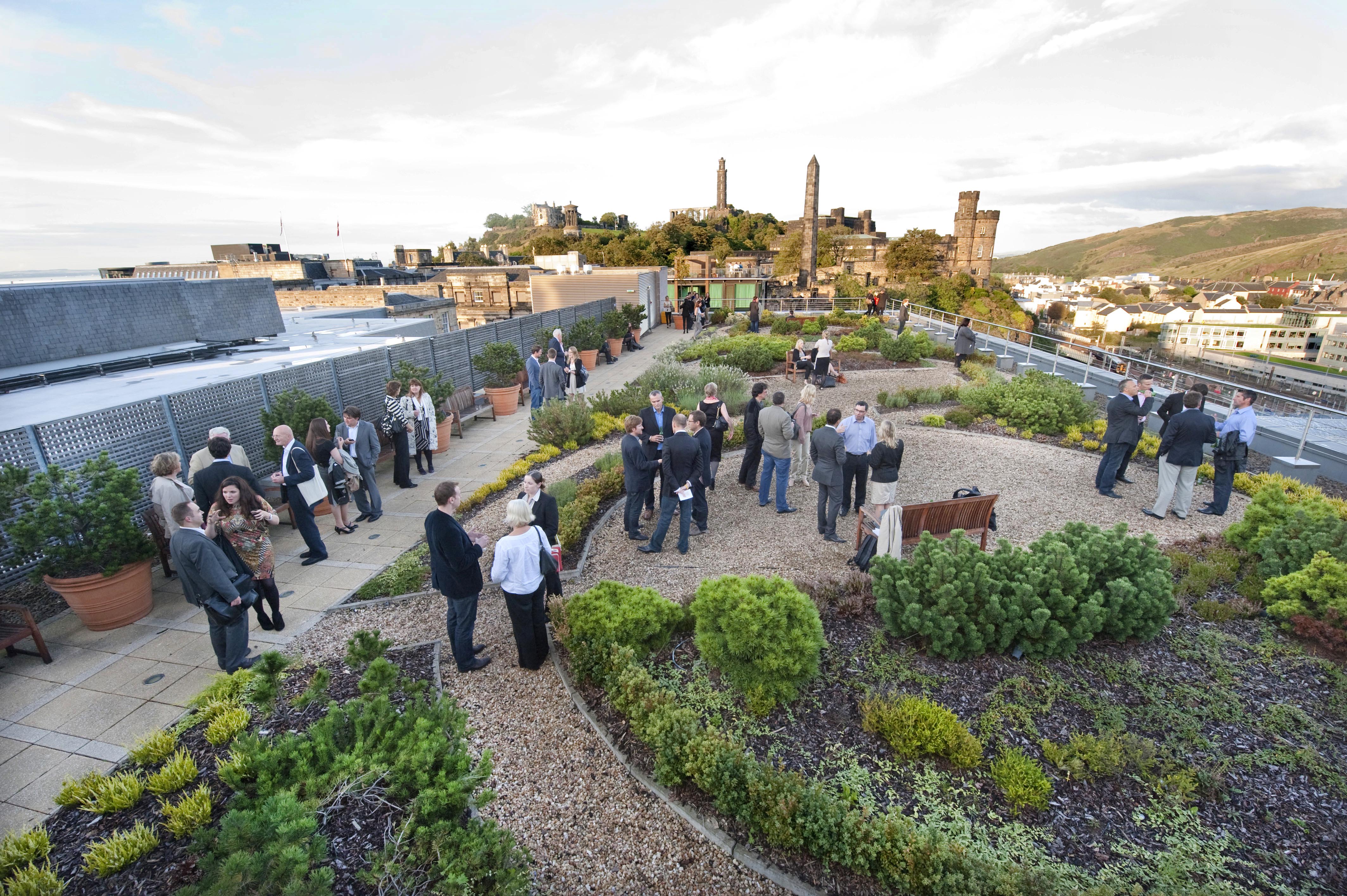
Waverley Gate Roof Garden in Edinburgh, Scotland. Credit: Jo Hanley
Concepts such as tactical urbanism and placemaking are also something landscape designers can get involved with to help shape local and city-wide neighborhoods and gardening spaces. Moreover, there are landscape designers that are now working with medical professionals to help reduce stress, boost immunity, and promote physical activity.
Today, a landscape may not even incorporate plants. It is surrounding where we live, it can perform different tasks or simply be there to provide rest, while enjoying its forms and shapes — although they have not originated from plant material.

PARK(ing) Day 2016 at Sendlinger Straße in Munich. Credit: Michaila Kühnemann
What’s the Big Deal?
Overall, from the explorations above, the area of overlap between garden and landscape design is not as large as you might first think. Historical advancements show the evolvement of what was in the past considered garden design, which has evolved from human intervention with the landscape for production and with wealth into aesthetic purposes. Times have changed to develop these practices into a wholesome perception of landscape design that now starts to understand systems and biological components on a larger scale.
So, a few questions remain. Does landscape design provide a training — or a state of mind — for a more widely applicable skill set? If so, how can the profession market itself to be taken more seriously and more widely? Perhaps I should leave it to the rest of you to figure this one out.
Recommended Reading:
- Award Winning Small Garden Design by Win Phyo
- 30 Reasons Why Landscape Architecture is More Important Than You Think by Lidija Šuster
- Top 10 Landscape Architecture Projects 2016 by Win Phyo
Featured image: Gravetye Manor Gardens by William Robinson | West Sussex, England | Gravetye Manor | 2014
Published in Blog


